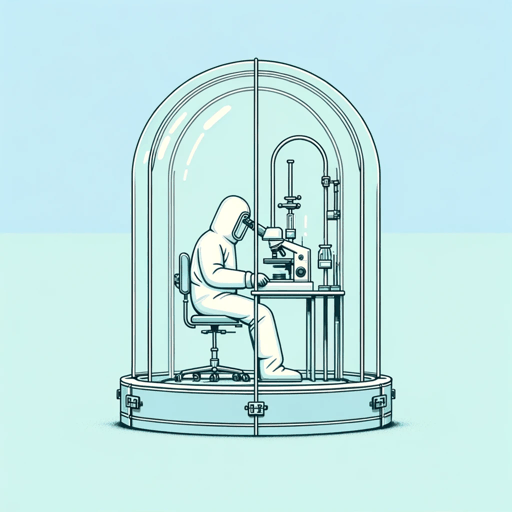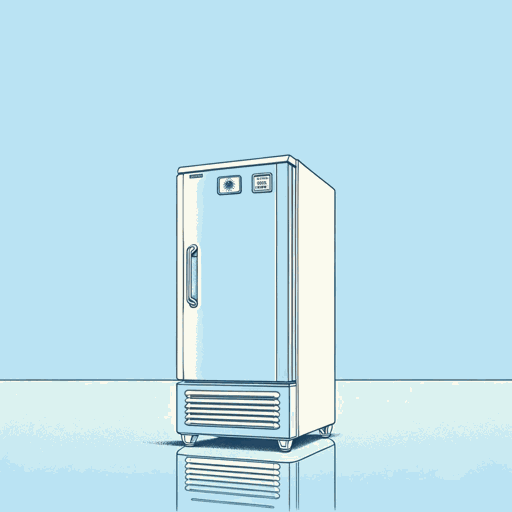50 pages • 1 hour read
Richard PrestonThe Hot Zone: The Terrifying True Story of the Origins of the Ebola Virus
Nonfiction | Book | Adult | Published in 1994A modern alternative to SparkNotes and CliffsNotes, SuperSummary offers high-quality Study Guides with detailed chapter summaries and analysis of major themes, characters, and more.
Index of Terms
Amplification
The replication of a virus in the body of a host or in a population of hosts. This term describes how a few virus particles infecting a host become many virus particles after the viral DNA uses the host’s cellular machinery to replicate itself.
Biosafety Level 4
A Biosafety level is a set of containment precautions used by a laboratory to protect scientists from the diseases they are working with. Biosafety Level 4 agents are the most dangerous, as they are highly infectious, have a high fatality rate, and there are no known prophylactics, treatments, or cures. Ebola and Marburg are Biosafety Level 4 viruses; the term can also be used to describe the physical laboratory (“I’m in Biosafety Level 4 right now” (290)) and the set of laboratory precautions–including the use of a full “space suit” to protect scientific or medical staff from contact with the agent (69).
Ebola
Ebola Virus can refer to six different species of filoviruses that cause hemorrhagic fever, four of which can cause illness in humans. The Hot Zone deals primarily with Ebola Zaire and Ebola Sudan, the two strains deadliest to humans. Ebola Zaire is now referred to by the scientific community as simply Ebola (species Zaire ebolavirus), while Ebola Sudan is called Sudan virus (species Sudan ebolavirus).
Related Titles
By Richard Preston




